Several popular cars will lose their five-star safety ratings in the New Year
The number of cars with five-star safety ratings will be stripped in the New Year as the independent authority adopts a more hard-line approach. See the full list.
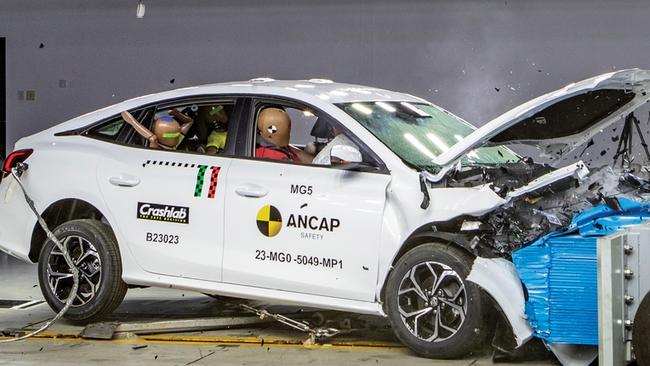
Car Advice
Don't miss out on the headlines from Car Advice. Followed categories will be added to My News.
Some of Australia’s most popular vehicles will be stripped of their five-star crash safety ratings in the new year.
Vehicles that will lose their ratings on January 1 include Mazda’s popular CX-5 and CX-9 SUVs, Toyota’s C-HR and LandCruiser 70 Series, Kia’s Picanto and Mitsubishi’s Eclipse Cross.
The vehicles will now be listed as “not rated” on the Australasian New Car Assessment Program (ANCAP) website, joining a host of other vehicles that lost their ratings last year.
ANCAP introduced sunset clauses on safety ratings in 2021 to stop brands promoting five-star ratings obtained by vehicles several years ago. If retested against current protocols, the cars would be certain to receive lower star ratings.
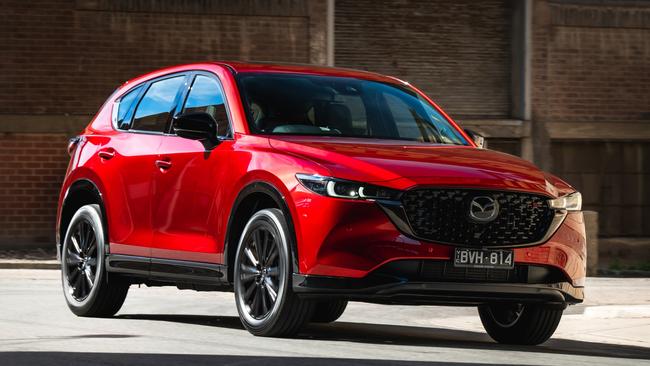
ANCAP changes its criteria for a five-star rating every three years to account for advances in crash protection and crash avoidance technology. It also raises its “pass marks” for a five-star rating from time to time.
As a result, five-star ratings are date stamped and only last for six years. After that time, the manufacturer needs to re-test the car to retain its rating.
When ANCAP introduced sunset clauses chief executive Carla Hoorweg said they were designed to encourage manufacturers to upgrade safety equipment over the product cycle of the car.
She said at the time that manufacturers were taking “proactive steps” to “enhance the safety specification of their models”.
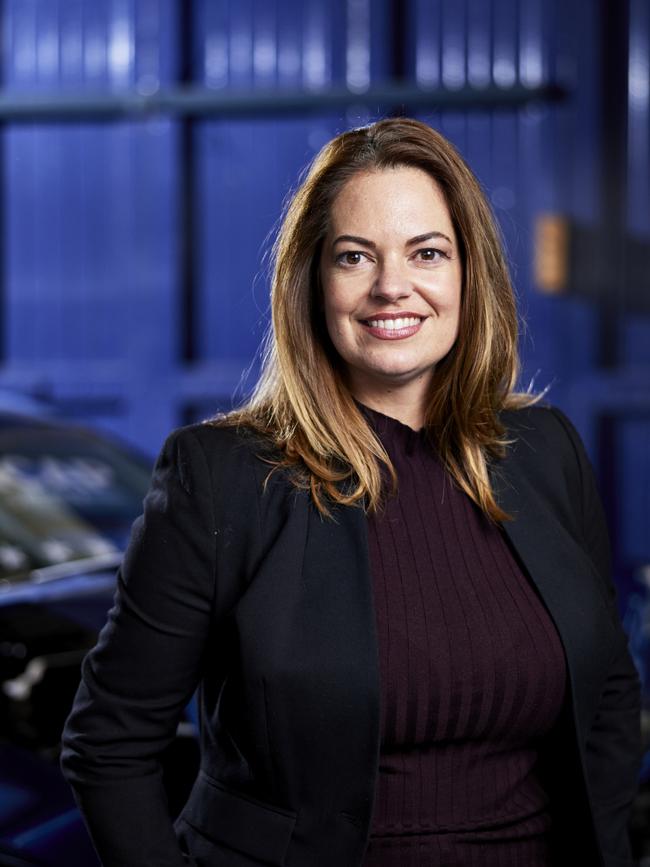
But most manufacturers have baulked at having their cars retested near the end of their product cycle, mainly because of the significant cost involved. The makers have to provide up to four vehicles to be written off in crashes and two to be damaged, as well as pay a lab for the testing. The cost can run from $500,000 to $1 million.
Makers are faced with a costly dilemma as a de-rating can exclude them from government, rideshare and business fleet contracts, where many organisations mandate a five-star rating.
Further complicating the situation is the fact that product life cycles for vehicles with internal combustion engines are stretching beyond the usual six years, as makers concentrate on developing new electric vehicle platforms.
The sunset clauses also cause headaches for utes, which typically have a life cycle of 10 years or more. Brands are forced to update and re-test their cars in order to secure lucrative fleet contracts.
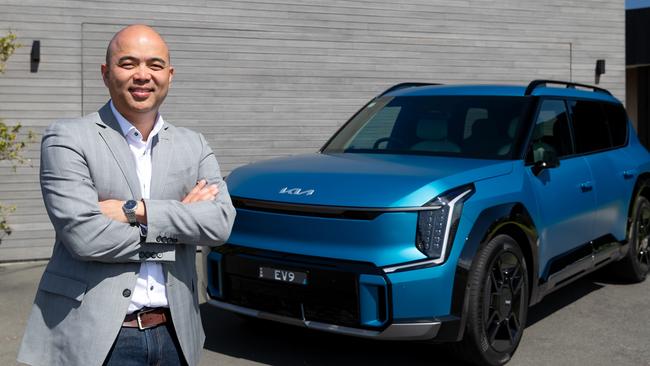
Kia general manager of product planning Roland Rivero said the company would not have its updated Picanto small car tested before it arrived early in the new year.
“The platform’s a carry-over. It’s not a car designed for 2023 and beyond ANCAP protocols,” he said.
He said the company had updated the car’s crash avoidance technology but it was better to save the investment in a crash test for a “full model change rather than a facelift”.
“It’s an entry product in the brand and obviously very much price-driven. You’ve really got to question, do you want to spend that type of money again for a car that’s in the middle of its life, if not approaching the twilight,” he said.
“It’s already a four-star car as it is and it would be highly unlikely that it would be able to retain that under the more strict protocols of 2023 and beyond,” he said.
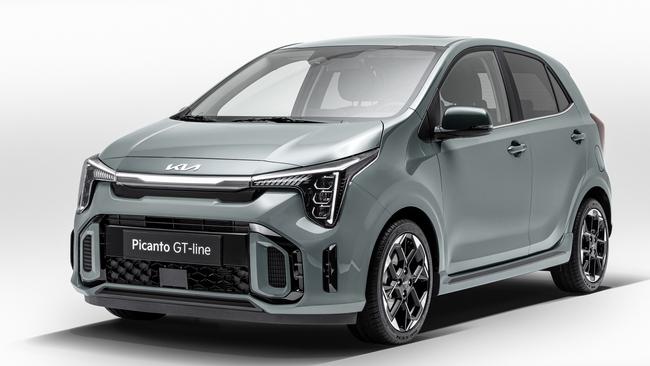
A Mazda spokesman said the company continued to update each vehicle’s crash avoidance technology.
“Both the Mazda 2 and CX-3 for example have received significant upgrades in terms of standard safety equipment since their launches in 2015 including standard autonomous emergency braking across the range in 2017, followed by the addition of standard reverse emergency braking, blind-spot monitoring, rear cross-traffic alert and lane-departure warning across all models from 2019.”
ANCAP has taken a hard line on crash ratings recently. Earlier this month it gave the new MG5 zero stars.
Originally published as Several popular cars will lose their five-star safety ratings in the New Year



